The history Gorakhanath is mostly unknown. His character had been warped by fantastical mythology and myth. It appears that he lived between the ninth and twelfth centuries and practiced asceticism as a yogi. The details of his life are muddled by the many stories. A twelve-year period of Tapas, during which Gorakhnath supposedly lived on air and developed extraordinary yogic abilities and Siddhis, was described in a mythology.
He visited many nations in addition to his travels around India. Legend has it that he spread yoga across India and met other religious figures like the Indian poet and mystic Kabir and the first Guru and founder of Sikhism, Nanak while on the road.
Gorakhnath and His Guru Matsyendranaths
Nathayogis typically view Matsyendranath as the first human teacher in their teaching lineage, and Gorakhnath as Matsyendranath’s follower. The yoga theory was supposedly bestowed upon Gorakhnath’s guru Matsyendranath by Shiva.
Gorakhnath and Hatha Yoga
Going back in history, Matsyendranath’s master was likely at least three centuries older than Gorakhnath. This suggests that Gorakhnath established a significant tradition in the tantric practice’s esoteric rituals and techniques, channeling its sensual and mystical heritage into the austere Hatha Yoga tradition. The Sanskrit texts titled Gorakh Samhita that are supposedly written by Gorakhnath do, in fact, teach tantric worship that makes use of sexual fluids.
During Gorakhnath’s reign, the Natha tradition flourished. Among the Naths, he is still widely regarded as the most important and prolific author. Additionally, he is said to have authored the initial works on Laya yoga, commonly known as Kundalini yoga, and the process of awakening the Kundalini-shakti. In India, you can find numerous temples, ashrams, and locations that are devoted to Gorakhnath.
Background and Results
He created a novel union of Pasuhupata Shaivism, Tantra, and the supposed Siddha teachings. A forgotten treatise called Hatha Yoga was attributed to him, and he was also strongly associated with Vajrayana (Tantric) Buddhism. Also included in his teachings is sexual tantra, which is part of the so-called “left-hand path” of Tantra.
The Natha tradition, also called NathSampradaya, the Goraknathis, or the Kanphata Yogis, is a religious order that places an emphasis on Hatha Yoga, and it is said that Gorakhnath and Matsyendranath were its founders. “Kanphat” describes the initiation ritual practice of slitting the navel in order to install massive earrings. According to popular belief, this practice influences a vital life current (nadi) near the ear, which makes it easier to get specific magical abilities. To this day, this hierarchy is in place. Based on Yoga, the Yoga Pradipika by Swatmarama Swami incorporates Buddhist commentary from the Madhyamika tradition, as well as passages from the Geranda Samhita, the Goraksha Shataka, and other sources.
Also read: Swami Vivekananda’s Perspectives on Yoga
Someone once said that he was the most consequential Indian thinker since Shankara. There is a lot of evidence to support the widely held belief that Gorakhnath spread yoga philosophy and practice throughout India. Tributes to him can be found in the Sri-goraksa-sahasra-nama-stotra, the Brahmanda-purana, and the Kalpa-druma-tanta. Despite Kabir’s lack of admiration for his contemporaries in the yoga community, he paid tribute to Gorakhnath as a yogi who had achieved enlightenment by connecting with the Divine through the practice of sound and the six physical chakras (shabda-yoga).
Remembering Gorakhnath’s Principles
Even though many of the principles and practices of Hatha yoga had been around for a long time before he lived, he and his teacher, Matsyendranath, are considered the founders of this system. An essential Hatha yoga text outlining the six branches of the practice is the Hundred Verses of Goraksa, more often known as the Goraksasataka. One possible explanation for the widespread presence of Gorakhnathis in India is that the teachings of Gorakhnath are accessible to people of all castes.
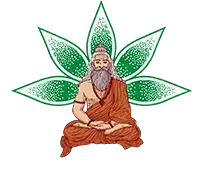
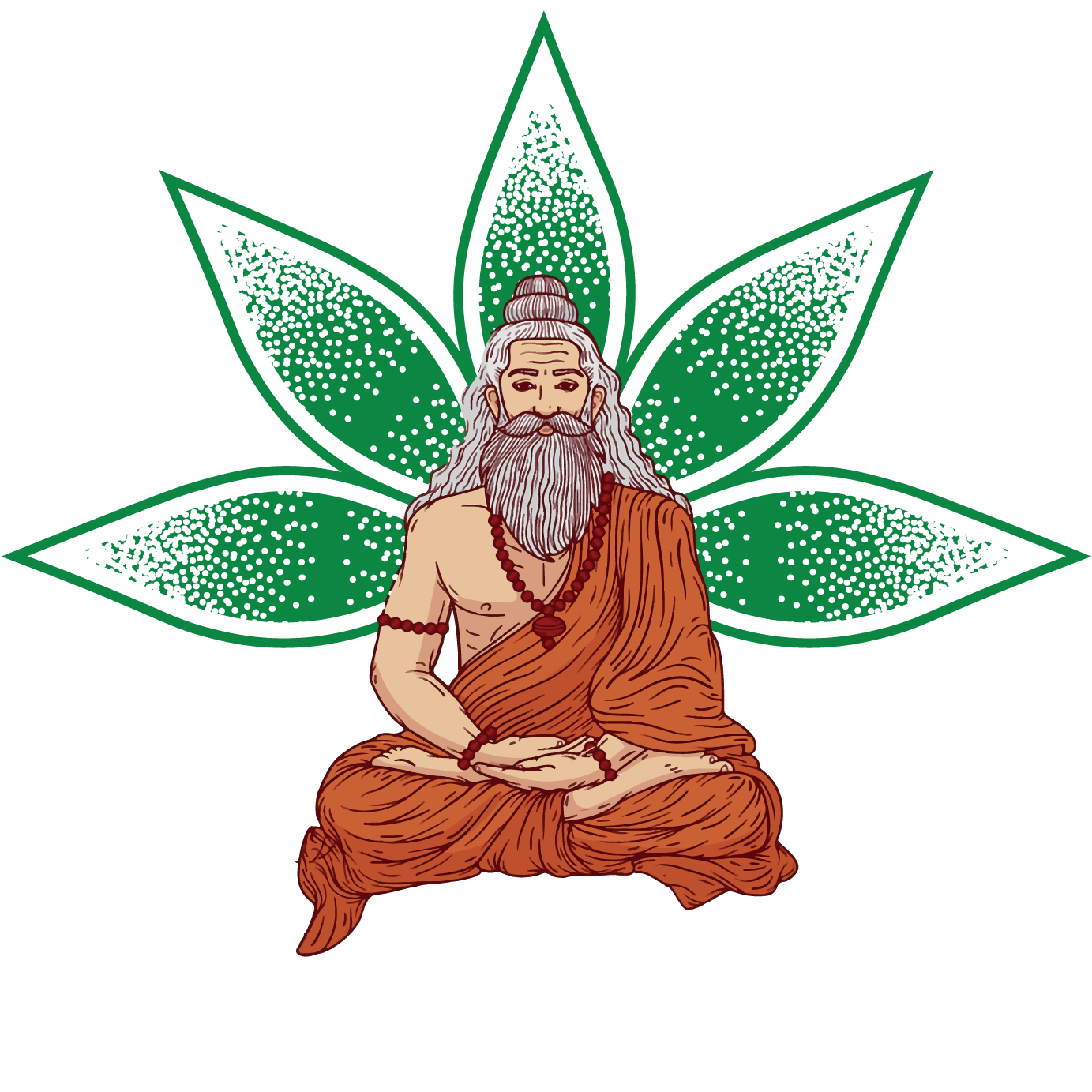
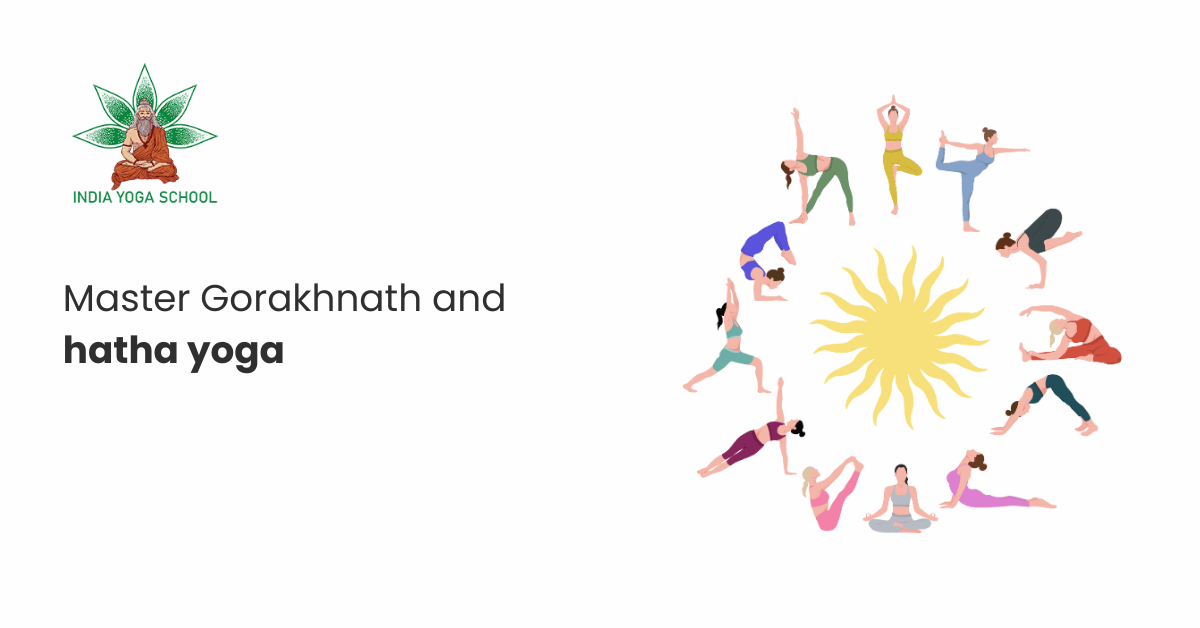
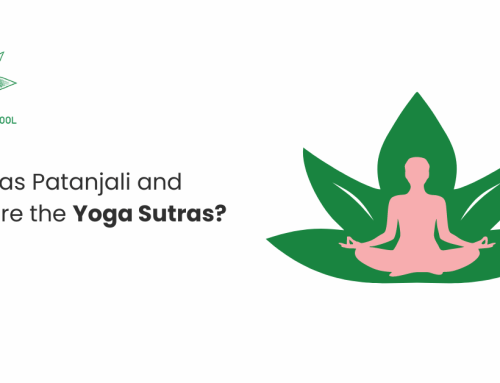

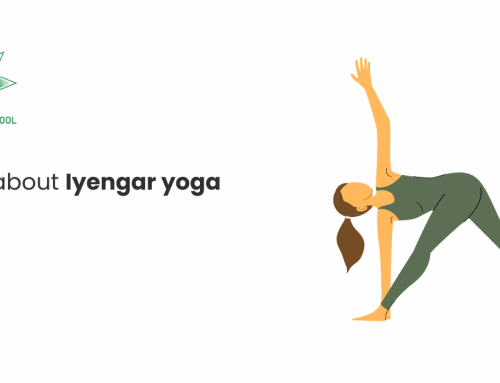
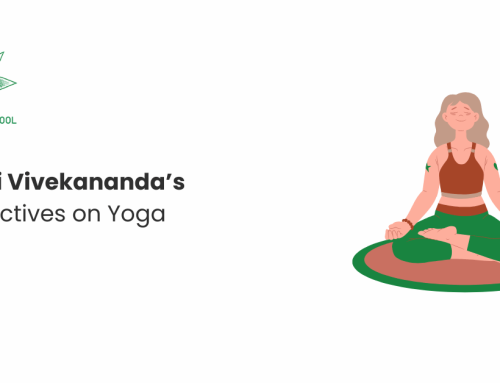
Leave A Comment